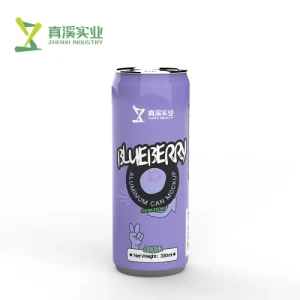Carbonated drinks, from classic sodas to modern sparkling waters, involve a fascinating process of infusing water with carbon dioxide gas under pressure. This process not only creates the effervescent fizz that millions enjoy but also contributes to the beverage's flavor and shelf life. Here’s an in-depth look at how these bubbly beverages are produced.
Ingredient Sourcing and Preparation
The first step in making a carbonated drink is sourcing and preparing the ingredients. This typically includes purified water, a sweetener (such as sugar, high-fructose corn syrup, or artificial sweeteners for diet versions), flavorings, and sometimes additives like caffeine or preservatives. The water is filtered and sterilized to remove any impurities that could affect the taste or safety of the final product.
Mixing and Carbonation
The base ingredients are mixed in large, industrial-grade stainless steel tanks. Sweeteners and flavorings are dissolved into the water to create what is known as the "syrup" or "base" of the beverage. The precise mixing process is crucial as it ensures the consistency of taste across batches.
The carbonation process begins once the syrup is fully prepared. Carbon dioxide (CO2) gas is injected into the beverage under high pressure, usually around 120 pounds per square inch (psi). This high pressure forces the CO2 to dissolve into the water, creating carbonic acid—an integral part of the tangy flavor profile typical in carbonated drinks. The amount of CO2 used can vary, but most carbonated drinks contain between 2 to 4 volumes of CO2, meaning that for each liter of liquid, there are 2 to 4 liters of CO2 dissolved under standard atmospheric conditions.
Filling and Sealing
After carbonation, the drink is ready to be bottled or canned. This step is performed by automated machines that fill pre-sterilized containers with the carbonated beverage. The containers are then immediately sealed to maintain the pressure and prevent any gas from escaping. The speed and precision of the filling lines are crucial to avoid losing carbonation—bottling machines can handle thousands of bottles or cans per hour, ensuring efficiency and minimizing exposure to the air, which can lead to CO2 loss.
Pasteurization or Cold Filling
To ensure safety and extend the shelf life, carbonated drinks are either pasteurized or cold-filled. Pasteurization involves briefly heating the beverage to kill any remaining microorganisms. In contrast, cold filling involves keeping the drink at low temperatures throughout the process and requires the beverage and all components to be sterile. Both methods have their advantages and are chosen based on the specific characteristics of the beverage being produced.
Quality Control and Distribution
Once the drinks are packaged, they undergo stringent quality control tests to ensure each batch meets the required flavor, carbonation, and safety standards. Tests might include checking the levels of carbonation, ensuring the seal integrity of the containers, and conducting taste tests.
Finally, the finished products are boxed and shipped to distributors and retailers worldwide. Modern tracking and logistics ensure that these beverages arrive at their destinations while still fresh and effervescent.
Making a carbonated drink involves a precise blend of science and technology, from the careful calibration of ingredients to the sophisticated processes of carbonation and bottling. Each step is designed to maximize flavor, ensure safety, and deliver the refreshing fizz that consumers love.
